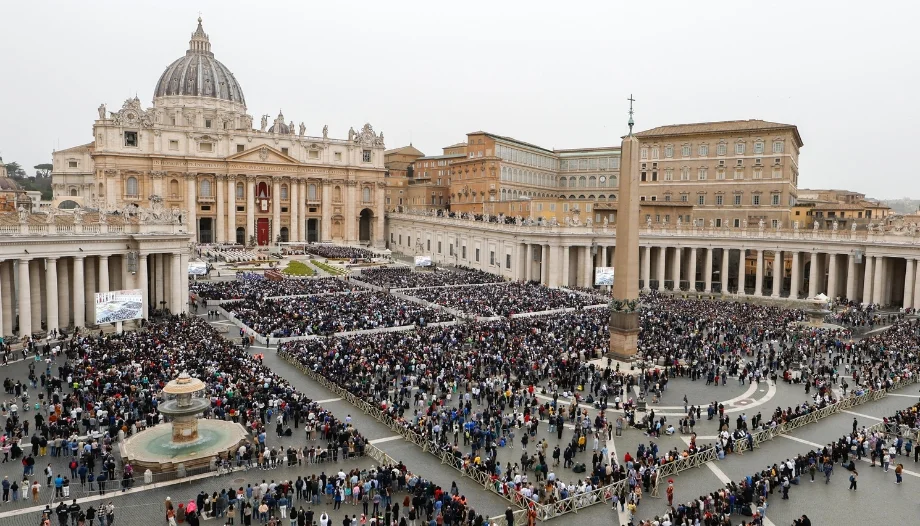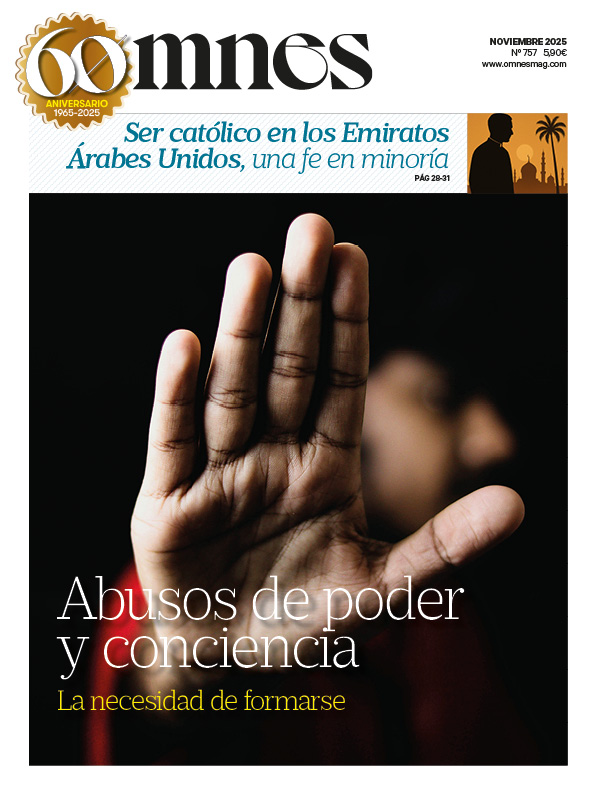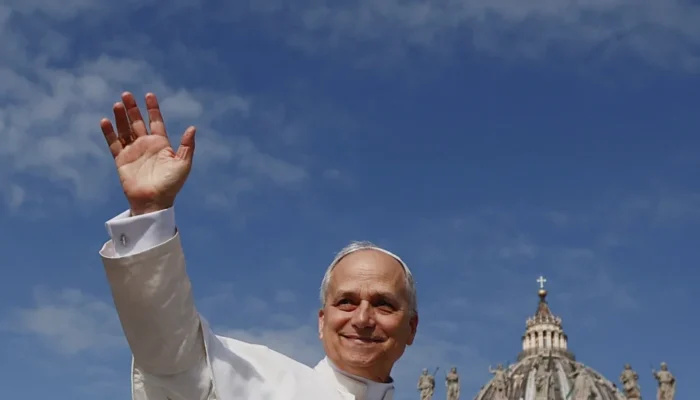- Vatican City (CNS)
The Vatican reported that it closed 2024 with a surplus of €1.6 million ($1.85 million) compared to a deficit of €51.2 million ($59.3 million) in 2023.
Its operating deficit, while not eliminated, was reduced by almost half, from €83.5 million ($96.8 million) in 2023 to €44.4 million ($51.5 million) in 2024.
This improvement «represents a significant step forward in consolidating the economic situation of the Holy See,» Maximino Caballero Ledo, prefect of the Secretariat for the Economy, told Vatican News on November 26.
«This result was supported by an overall increase in revenue of nearly €79 million ($91.6 million) compared to the previous year,» he said on the same day that the dicastery published the Holy See's financial statement for 2024.
Causes of the surplus
The increase in revenue was due to a 12% increase in donations, a 7% increase in real estate and commercial management, which included the sale of some inherited assets, and a 4% increase in hospital revenue, according to the report.
Despite «prudent control of expenses and a constant effort to improve operational efficiency,» Caballero said, «an operating deficit of €44.4 million remains,» which will require further «consolidation and growth» to achieve full financial sustainability as the Vatican seeks to balance its «missionary commitment and responsible management of resources.».
The consolidated statement indicates that the Holy See's total operating income and expenses were $1.23 billion ($1.43 billion) and €1.275 billion ($1.48 billion), respectively, resulting in an operating deficit of $44.4 million, which means that daily expenses continue to exceed recurring income.
However, €46 million ($53 million) in investment returns, extraordinary asset sales, and increased donations in 2024 resulted in a final surplus of €1.6 million ($1.85 million) for the year. Excluding Vatican hospitals from the summary, the surplus was €18.7 million ($21.7 million), reflecting the high personnel and operating costs of its healthcare facilities.
In fact, most of the secretariat's financial statement showed more detailed financial figures that excluded the income and costs of Vatican hospitals to demonstrate that the Vatican's core institutional functions were close to balanced or even positive.
Growth in donations
Excluding hospitals, 43% of the Vatican's total revenue of €546.5 million ($633 million) in 2024 came from external donations, and 40% came from «self-generated income,» such as real estate management, commercial sales such as publications, and various unspecified services.
Contributions from the Vatican City State government office brought the Holy See's total operating income to €475.4 million ($551 million) in 2024, with €71.1 million ($82.4 million) coming from financial investments.
Distribution of expenditure
Excluding hospitals, 36% of the Holy See's total expenses of €527.8 million ($612 million) went to administrative and general expenses, and 33% to personnel expenses. These expenses increased by 6% compared to the previous year, according to the report, due to inflation and a sharp increase in property maintenance costs.
On the 24th, % of all expenses, €127.9 million ($148 million), was allocated to grants and other contributions, which were not specified in the report. He added that the Holy See increased its donations in 2024, which represented «almost a quarter of its expenses.».
The report also detailed how he spent the “resources dedicated to the apostolic mission,” excluding hospitals.
Of a total of €393.3 million ($455.8 million) spent in 2024: €146.4 million ($169.7 million) or 37% of expenditures went to «supporting local churches in difficulty and specific contexts of evangelization»; €56.8 million ($65.8 million) or 14% was allocated to worship and evangelization; €45.5 million ($52.7 million) or 12% to communication; 10% to nunciatures and 10% to charity.
The remaining 17% was allocated to areas such as support for church life, historical heritage, academic institutions, human development, science and culture, and life and family, the report notes.








